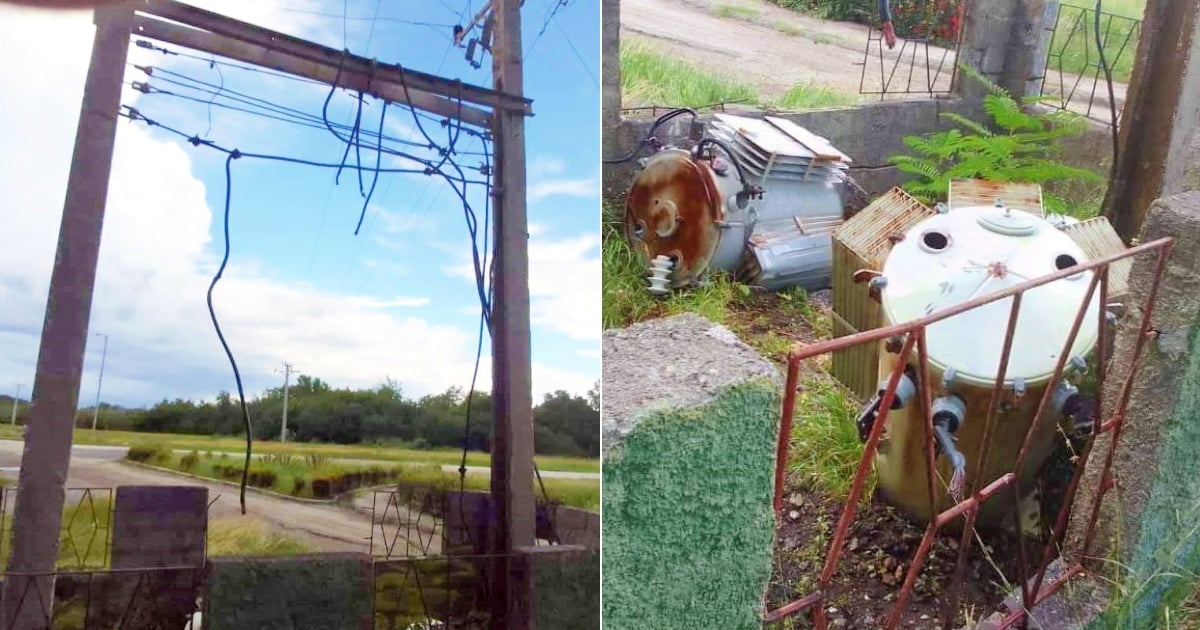Cuba's Electric Union (UNE) has reported significant damage to its electrical infrastructure following two powerful earthquakes that struck eastern Cuba on Sunday morning. The UNE specified that the main electrical disruptions occurred across six municipalities in the Granma province, notably Media Luna, Yara, Campechuela, Bartolomé Masó, Buey Arriba, and Pilón, with Pilón experiencing the most considerable structural damage.
The state-run entity revealed that approximately 14,360 households have been impacted so far. Images released by the UNE showcased the damage to the electrical infrastructure at the Marea del Portillo tourist area in Pilón. Reported damages included "snapped secondary lines, triggered transformers, downed poles from 33 KV lines, and transformers on the ground," among others.
Public Frustration and Government Response
The Electric Union stated that they are currently devising "strategies" to address all reported damages. Meanwhile, numerous Cubans expressed their frustration in the comments section, accusing the government of using natural disasters as a convenient excuse to prolong the ongoing power outages in the country. Comments ranged from "They took their time" to "A perfect excuse for blackouts."
One commenter noted, "Now there's someone to blame," while another remarked, "Weren't those transformers already loose? The base beams seem intact." These comments echoed a widespread skepticism about the government's handling of the power crisis.
Earthquakes and Aftershocks
Two earthquakes, initially recorded at magnitudes of 6.0 and later 6.7, shook eastern Cuba on Sunday morning. Although several areas in Santiago de Cuba experienced damage, the most severe impact was observed in Granma province. Disturbing images from coastal municipalities like Pilón, Campechuela, and Media showed damaged homes and a population unaccustomed to such intense seismic activity.
By 5:00 p.m. local time, the National Seismological Service had documented at least 300 aftershocks southeast of Pilón, with at least 15 strong enough to be felt by residents. Dr. Enrique Diego Arango Arias, head of the National Seismological Service at Cuba’s National Center for Seismological Research (CENAIS), warned on social media about the challenges posed by the two seismic events.
